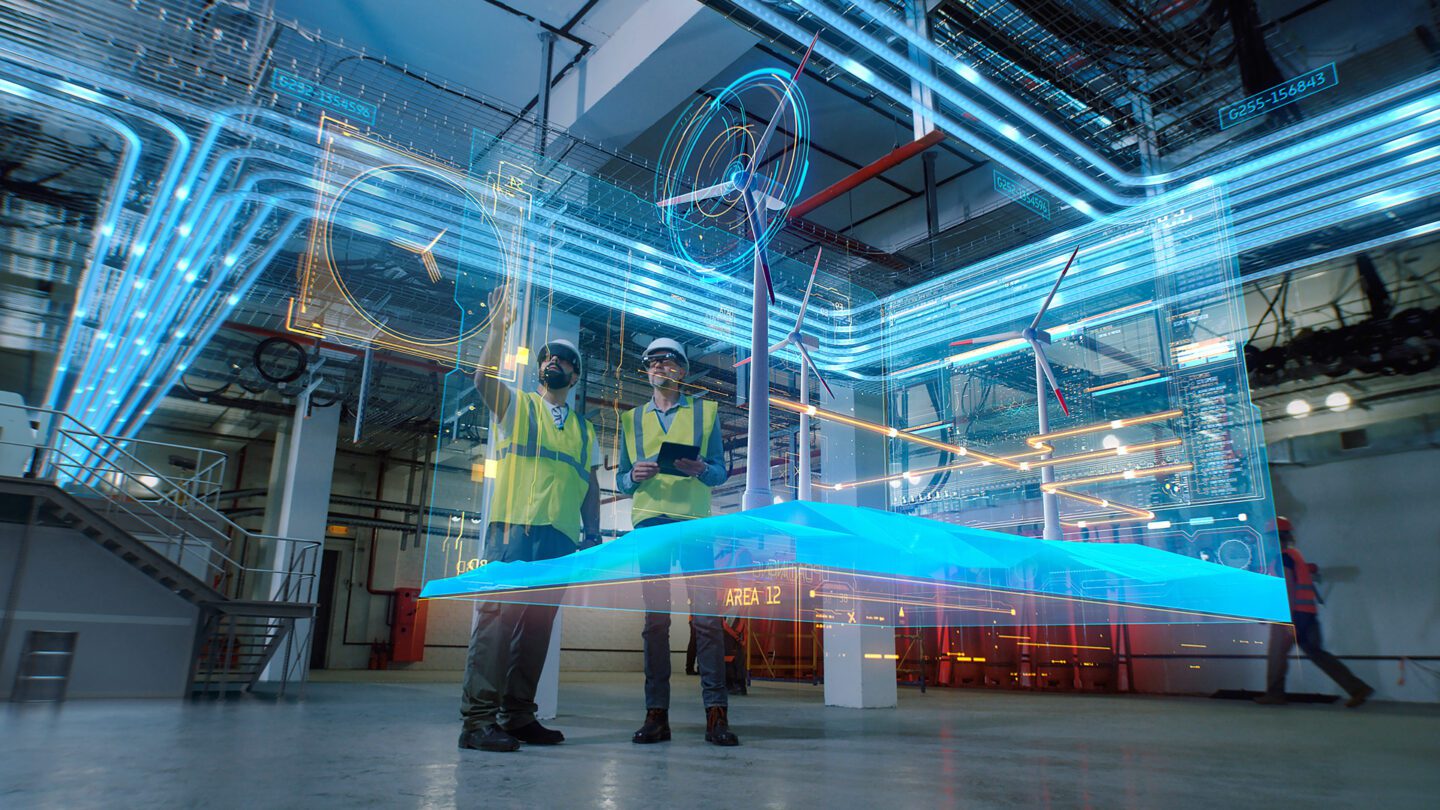Stay ahead of commoditization with digital solutions
The era of make, sell, ship is over. To avoid the dangers of commoditization, equipment manufacturers have to embrace IoT and smart connected products.

Countering commoditization with servitization and new flexible pay per use models – all equipment manufacturers are chasing the new holy grail. As the Chief Product Officer for our IoT Platform Cumulocity IoT, I speak with a lot of companies on this topic. Whether they make connected painting robots, elevators, freezers, excavators, wind turbines or medical equipment, it doesn’t matter. Servitization in one shape or form is what they want to achieve.
Why? Simple: because it is true, commoditization is a big risk for equipment manufacturers. Commoditization is a slippery road that leads to a decrease in profits and loss of market share. When it becomes difficult to differentiate your products from those of competitors in a meaningful way your products become interchangeable, and buyers become less willing to pay a premium price. After all, with a decline in margin, a decline in innovation is around the corner, as innovation is often the capstone in the budget, and easier to cut than most of the other costs. The harsh truth, however, is that reducing investments in development makes it more difficult to maintain a leading position in the market in the long run.
Commoditization is unfortunately not the only pressure equipment manufacturers face today. To add to the list are global competition, rapid technological change, changing customer preferences, and increasing cost pressures. While the cost pressures come from factors such as rising raw material costs, supply chain disruptions, and changing regulations, the change in customer preference is driven by the demand for flexible, pay-per-use models rather than large upfront capital investments.
The consequence of all the above is that the market for equipment manufacturers is shifting fast towards servitization, offering equipment as a service rather than selling it outright. In order to fence off increased competition from new entrants and competitors in emerging markets I see equipment manufacturers adopting servitization in an accelerated fashion.
The reasons are simple. Equipment manufacturers are increasingly recognizing the importance of after-market services as a source of revenue and customer loyalty, a great way to counter commoditization.
But it doesn’t stop there. After-market services allow you to differentiate yourself from the competition by providing additional value to customers in the shape of new solutions and offerings. On top of that after-market services can provide a more stable source of revenue compared to new equipment sales, which can be subject to economic cycles and fluctuations in demand. To complete the picture, after-market services can provide valuable data and insights into customer usage and behavior, which can inform product development and improve customer satisfaction.
For example, Flexco is a leading industrial conveyor belt products and services company. Since its founding in 1907, it has focused on one thing: maximizing belt conveyor uptime, productivity, and safety in industrial applications around the globe. Besides their need for equipment monitoring in harsh, or distant customer locations, they were under pressure to futureproof portfolio by monetizing new IoT-driven services. Using our technology, they enabled themselves to reduce expensive field service visits with a customer self-service business model. Their first end customer for this new service achieved improvement in production output that equated to $1.12M in production per year. They achieved some other remarkable outcomes, which I will present during my presentation at the Hannover Messe Fair.
So with all the benefits in mind, why is not every equipment maker doing this? Well in practice ‘adopting servitization’ is really hard. Besides all the organizational, financial and cultural issues to overcome in the organization, to be successful in this journey it means that you have to innovate and digitize your products and services. This includes developing new features and functionalities, such as predictive maintenance and remote monitoring, as well as integrating digital technologies such as the Internet of Things (IoT) and artificial intelligence (AI).
To conclude, commoditization is one of the biggest risk equipment manufacturers are facing. Servitization can change the game. From improving your customer interaction and relationships to increasing transparency around how your equipment is really performing and being used in the field. IIoT and Analytics are the key technology enablers.